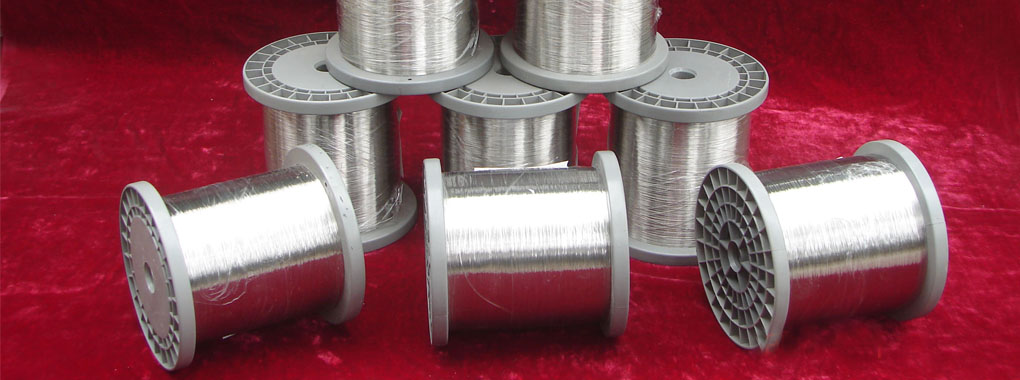1J85X is a kind of nickel-iron-molybdenum soft magnetic alloy which has high initial permeability and maximum permeability with low coercive force, low magnetic attenuation under the stress state. Similar alloy's names in different standards:
Beiye designation | China Standard designation | America designation | Japan designation | Germany designation | International designation |
1J85X | Alloy4 | PC80 | NiFe15Mo | E1 |

Head chip
C | ≤0.03 | Ni | 80.5-82.0 |
Si | ≤0.30 | Mo | 5.5 |
Mn | ≤0.50 | Fe | bal. |
| DC | |
Thickness | 0.1-0.15mm (0.004-0.006in) |
Saturation Induction (at 80A/m) | 0.68T (6800Gs) |
Coercive force | ≤1.60A/m (0.02Oe) |
| Initial permeability (at 0.4A/m) | ≥50mH/m(40 000Gs/Oe) |
| Maximun permeability | ≥125mH/m(100 000Gs/Oe) |
AC | |
Thickness | 0.1-0.15mm (0.004-0.006in) |
Impedance permeability (at 0.8A/m,0.3KHz) | ≥25mH/m(20 000Gs/Oe) |
Impedance permeability (at 0.8A/m,1.0KHz) | ≥18.75mH/m(15 000Gs/Oe) |
Impedance permeability (at 0.8A/m,10.0KHz) | ≥6.25mH/m(5 000Gs/Oe) |
* Typical values measured on rings sample after annealed at 1100°C in pure & dry Hydrogen and then tempered.
Hardness(soft) | ≥120 HV |
* Typical values for material tested in accordance with GB/T 4340.3, GB/T 228, GB/T 22315.
Density | 8.8 g/cm3 |
In-process annealing: To relieve all strains and restore the alloy to a soft condition suitable for further cold rolling or drawing, forming, bending or similar operations, anneal at 1020~1080℃ for not more than 1 hour. Since the high nickel, high permeability alloys readily absorb carbon, sulfur, oxygen and other contaminants from combustion furnace gasses, in-process annealing should be conducted in dissociated ammonia, hydrogen, vacuum or inert gas atmospheres.
Final annealing: For maximum softness and optimum magnetic electrical properties, the cold deformed 1J85X alloy should be annealed in an oxygen-free, dry hydrogen atmosphere with a dew point below -40℃ at 1100℃ for 3~5 hours and then tempered.
Oil, grease, lacquer and all other contaminants must be removed before annealing. The individual parts should be separated by an inert insulating powder such as magnesium and aluminum oxide during hydrogen annealing.
Vacuum heat treatment could be used, but generally it results in a sacrifice in magnetic properties compared to heat treating in a dry hydrogen atmosphere.

